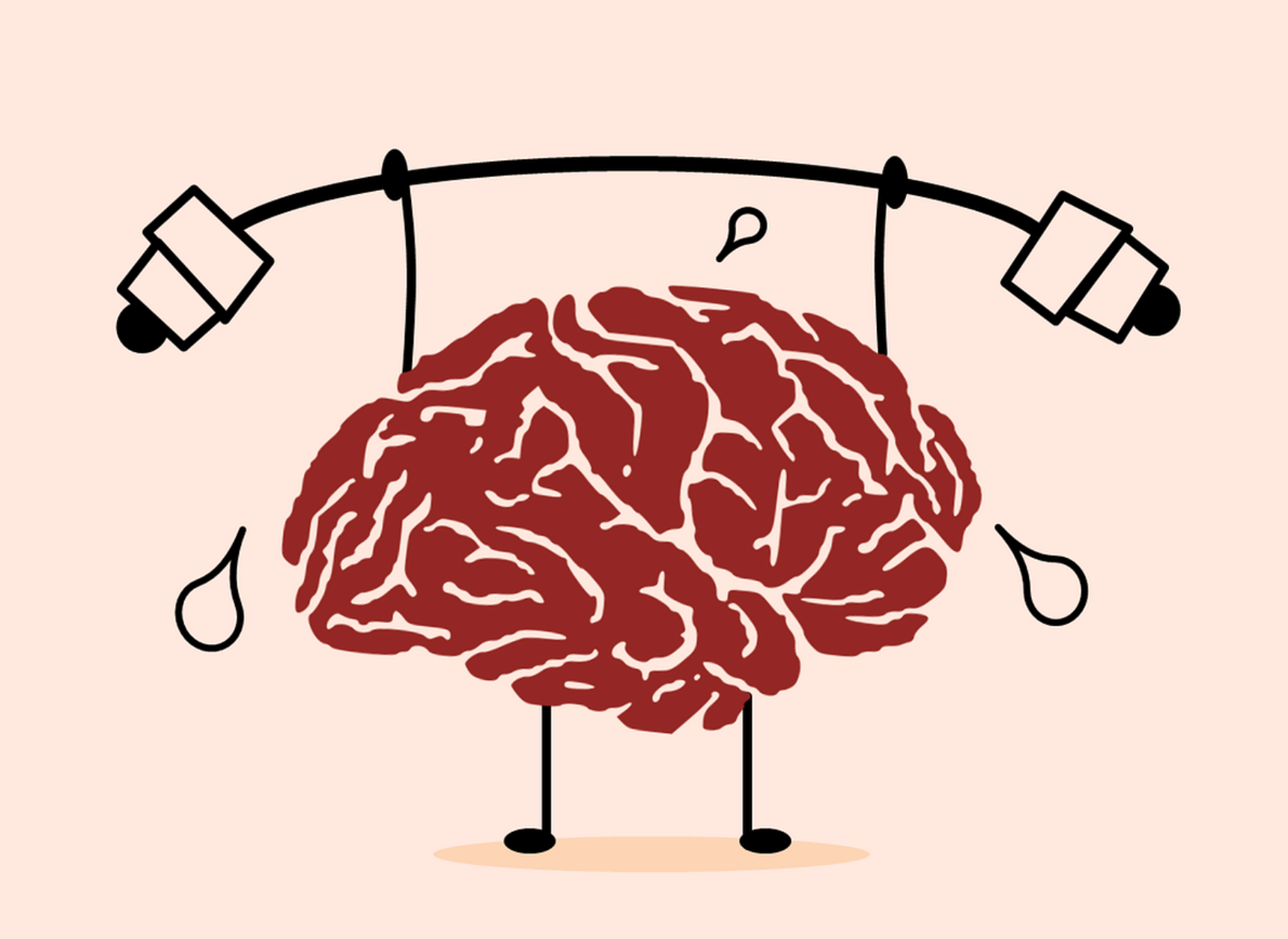
Read time: 2 min
Fungi, often overlooked in the realm of healing and environmental restoration, are receiving long-overdue attention thanks to the work of Paul Stamets.
An internationally recognized mycologist, author, and advocate, Stamets has dedicated his life to exploring the incredible potential of fungi, particularly mycelium, the underground network that sustains much of life on Earth.
In this blog post, we'll delve into Stamets' groundbreaking work and the invaluable insights he has offered on the power of fungi to heal both ecosystems and individuals.
Mycelium Running: The Paradigm-Shifting Book
At the heart of Paul Stamets' contributions to the field of mycology is his seminal work, "Mycelium Running: How Mushrooms Can Help Save the World."
Published in 2005, this book introduced a new paradigm in understanding the role of fungi in ecology, medicine, and agriculture. Stamets' insights from the book have profound implications for the world at large.
-
Mycelium as Nature's Internet: Stamets likens mycelium to Earth's natural internet. Mycelial networks, which lie beneath the forest floor, are an intricate web connecting trees, plants, and other life forms. These networks enable the sharing of nutrients and information, promoting the health and resilience of ecosystems.
-
Bioremediation with Mushrooms: One of the most awe-inspiring aspects of Stamets' work is his exploration of fungi's ability to clean up toxins and pollutants in the environment. His research has shown that some mushroom species can break down and absorb heavy metals, oil, and even radiation.
-
Medicinal Fungi: Beyond ecological benefits, Stamets has also uncovered the medicinal potential of certain mushrooms. Fungi like the turkey tail and reishi have been used for centuries in traditional medicine, but Stamets' research has provided a scientific basis for their health-promoting properties.
Fungi as the Future of Medicine
Stamets' pioneering research has spurred a renaissance in mycology, with a growing body of scientific literature supporting the therapeutic potential of various fungi.
For example, compounds found in mushrooms are being explored for their anti-inflammatory, immune-boosting, and even cancer-fighting properties.
Stamets himself has been a vocal advocate for using mushrooms to combat diseases, such as his well-documented efforts in promoting the use of turkey tail mushrooms as an adjunct therapy for cancer patients.
Healing the Planet One Spore at a Time
Stamets' work extends beyond the human realm to the planet as a whole. His TED Talk, "6 Ways Mushrooms Can Save the World," highlights various aspects of fungi's potential to address critical global issues:
-
Reforestation: Stamets discusses how mycelium can be used to restore forests, combat deforestation, and prevent erosion.
-
Pollution Cleanup: He details mycoremediation projects aimed at cleaning up contaminated sites, such as oil spills.
-
Insect Control: Stamets' research has led to the development of mushroom-based insecticides, providing a natural and sustainable solution for pest control.
Conclusion: The Mycelial Renaissance
Paul Stamets' work has not only illuminated the hidden world of fungi but has also ignited a global fascination with mycology. His insights into mycelium's power to heal ecosystems and individuals are nothing short of revolutionary.
As the world faces environmental challenges and health crises, the potential of fungi and the wisdom of Paul Stamets offer a glimmer of hope for a more sustainable and healthier future.
As we continue to decode the 'Mycelium Running,' Paul Stamets' legacy will undoubtedly inspire future generations to explore the untapped potential of fungi, paving the way for a greener, healthier, and more connected world.






